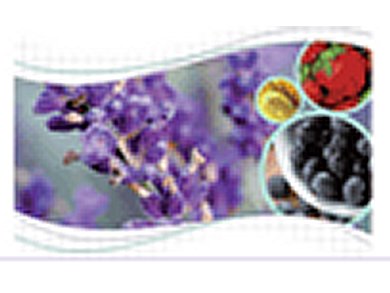Flavours and fragrances are important additives to food, beverages cosmetics, detergents, etc. Correct analyses are of vital importance, in particular regarding sampling, identification, quantification and sensory analysis practices.
Analytical scientists working in this field have a wide range of tools for separations and analyses. However, often they are not aware of the limitations of the methods and deliver incorrect results.
The Editors of Flavour and Fragrance Journal have, therefore, created a new type of article: Recommended Practices. In these articles authors describe the key steps of important techniques that are used in the flavour and fragrance domain by both, the industry and academia.
The first published three Recommended Practices articles are for free downloading.
- LC–MS Idenfications of Flavouring Substances
Guidelines for LC–MS identifications of flavouring substances in nature,
Working Group on Methods of Analysis of the International Organization of the Flavor Industry (IOFI),
Flavo. Frag. J. 2010.
DOI: 10.1002/ffj.1959
- Solid-Phase Micro-Extraction [SPME] Techniques
Guidelines for solid-phase micro-extraction (SPME) of volatile flavour compounds for gas-chromatographic analysis,
Working Group on Methods of Analysis of the International Organization of the Flavor Industry (IOFI),
Flav. Frag. J. 2010.
DOI: 10.1002/ffj.1991
- Identification of Allergens in Fragranced Consumer Products
Identification of the causes of an allergic reaction to a fragranced consumer product,
Peter Cadby, Graham Ellis, Barbara Hall, Carol Surot, Matthias Vey,
Flav. Frag. J. 2010.
DOI: 10.1002/ffj.2021
If you have suggestions or plan to write a Recommended Practice, please contact one of the Editors before you start working on the manuscript!




